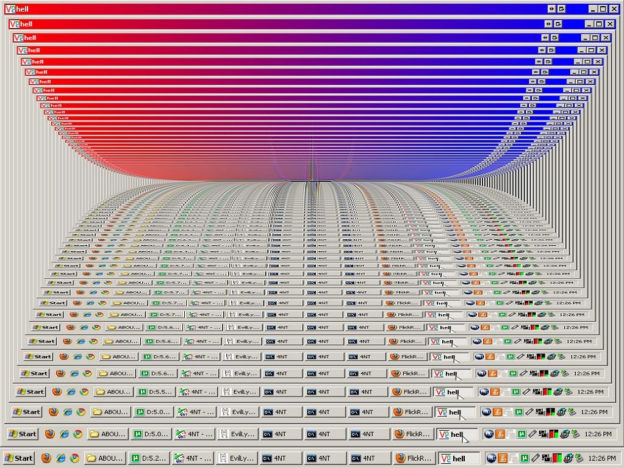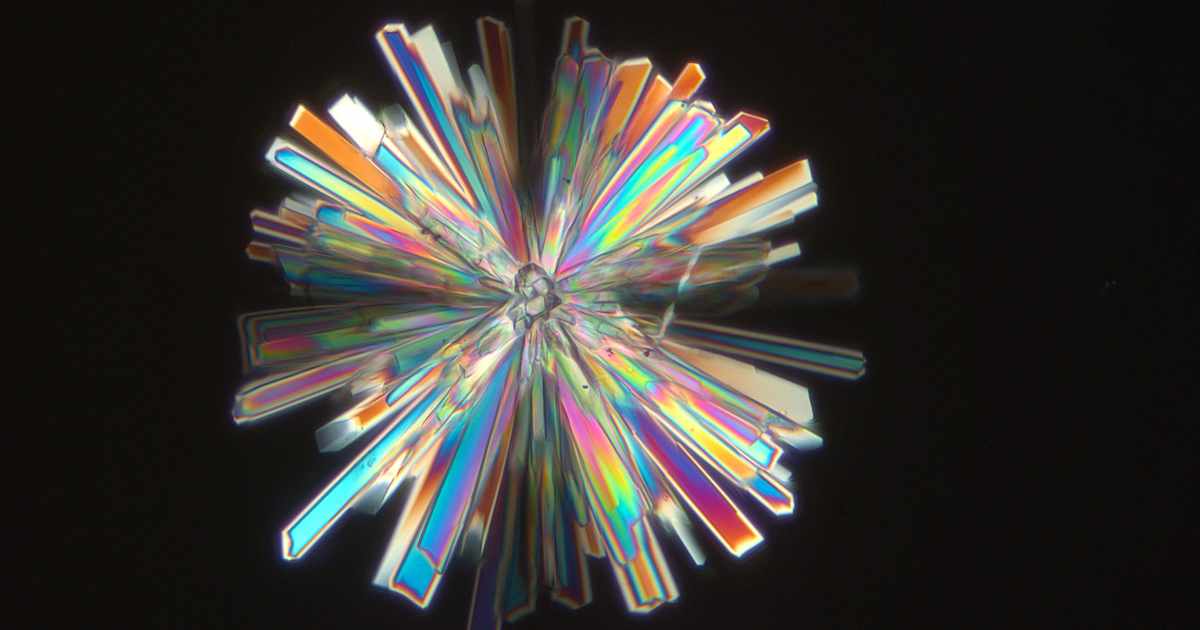After reading a plethora of books on science and spirituality, it strikes me that science attempts to explain things to us and spirituality encourages us to experience events within us. The real conflict between the two is the difference between explanation and experience.
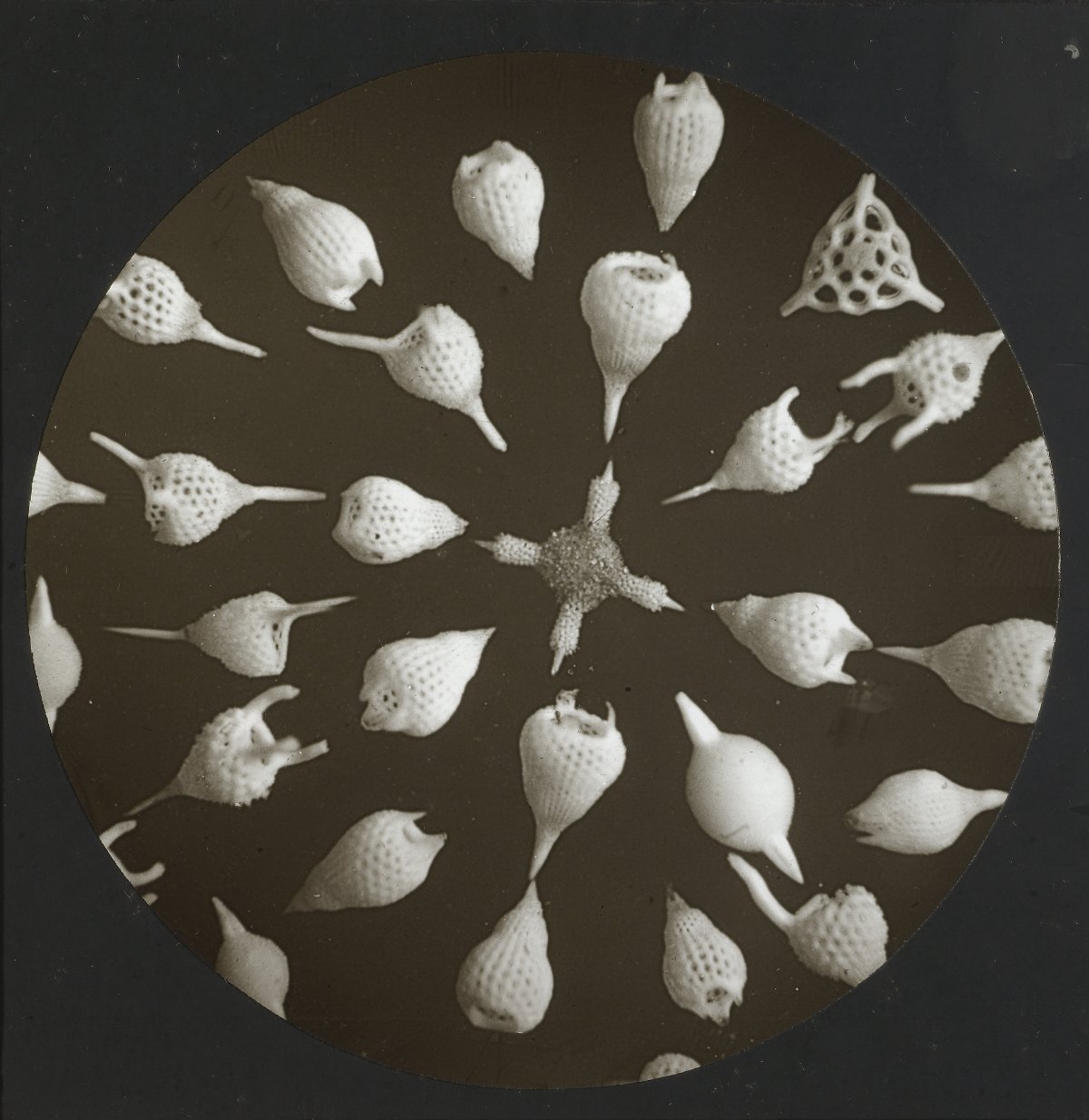
Scientists want to explain our experience and spiritualists want us to experience our explanations.
Science is primarily concerned with objective, external, material things. For example, theoretical physicists have done an amazing job of explaining quarks, gluons, bosons etc. in quantum mechanics as well as the relationship of mass and speed of light to energy in Einstein’s theory of special relativity (E=mc2).
In The Grand Design, Stephen Hawking provides new insights on time and space with astounding insights into dark matter, dark energy, and how the universe in expanding. Similarly, neuroscientists have achieved incredible breakthroughs on explaining how different components of the brain affect memory, thoughts, feelings, and physical reactions. Indeed, breakthroughs in science have led to new discoveries not only on the origin of the universe, but also on our understanding of our day-to-day behaviors.
All of these advances in science give us a deeper and clearer explanation of ancient history and current reality.
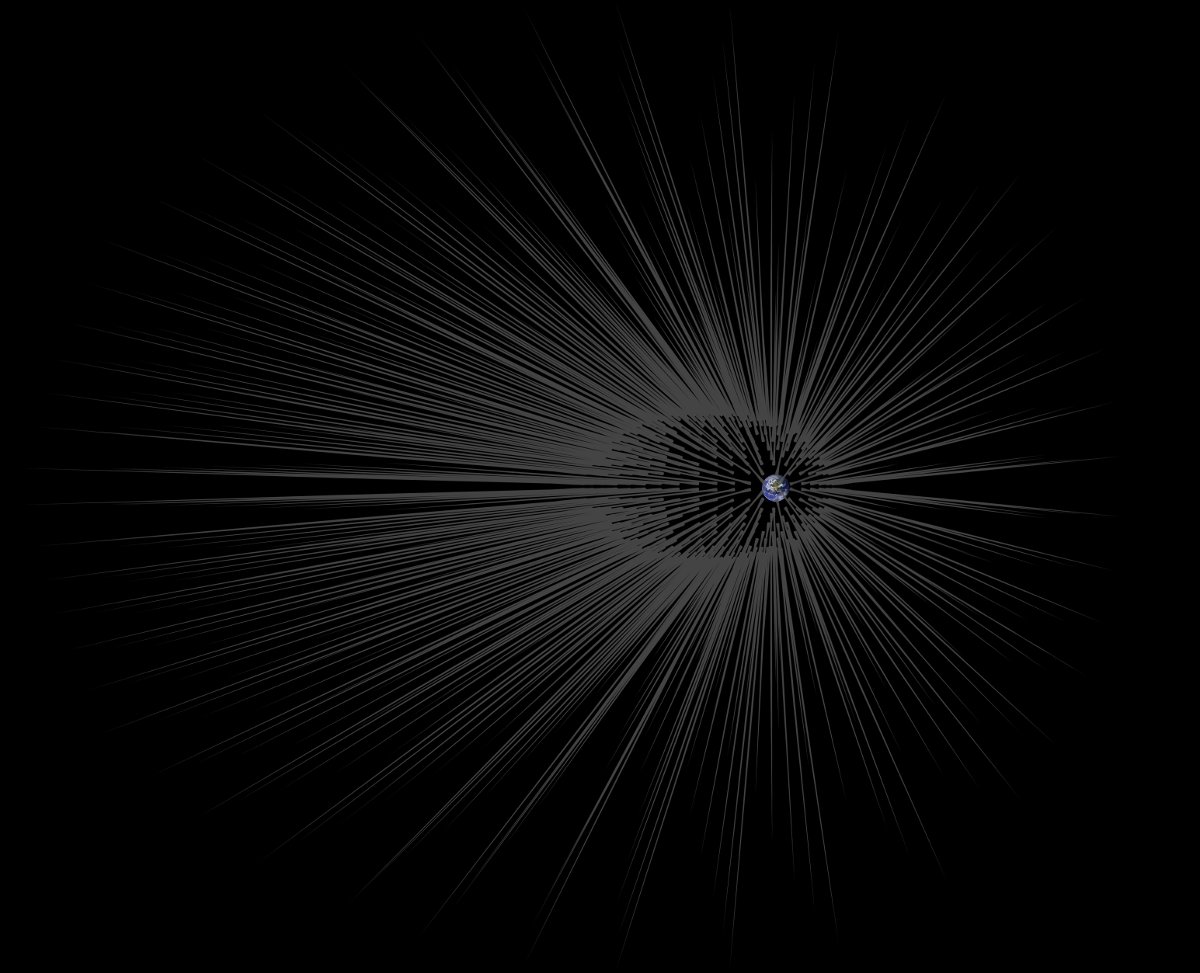
The strong bias of science for rationalistic, reductionist approaches to exploration and understanding has contributed significantly to many breakthroughs. I’m grateful for the clarifying explanations of the Big Bang, the discovery of microbes morphing into cells which morphed over a few billion years into all the species and plants on earth, the advances in our understanding of an expanding universe starting with the fact that the earth revolves around the sun, and for all the brain research that helps us understand the functions of the cerebral cortex, the hippocampus, the amygdala, and neurotransmitters. But all of these welcome explanations can not explain human experience. As Kurt Goldstein wrote,
“This vain attempt to explain is made again and again—overlooking the fact that it is quite possible to understand the part on the basis of the whole, but that it is not possible to comprehend the whole on the basis of the parts” (The Organism, p. 498, 1963)
On a personal note, the biggest reasons I went to China for a month to study qigong was to find a path from my head to my heart, to develop the spiritual part of my life, and to experience a greater wholeness.

Spirituality is concerned with subjective, internal, holistic, immaterial experiences. Just as there have been breakthroughs in science in recent years, there have also been transformative advances in spirituality. Herbert Benson and Joan Borysenko published studies on the mind-body connection in the 80s. John Kabat Zinn and Ellen Langer wrote about the benefits of mindfulness in the 90s. Yoga, transcendental meditation, qigong and Tai Chi became popularized as we entered the new millennium. And now, as we experience events in the second decade of the 21st century, many more breakthroughs are occurring in science and spirituality. One of the most powerful is Energy’s Way, developed over 40 years by a Harvard trained psychologist, Artie Egendorf. Simplistically, he asks us to focus on THIS instead of that.
Essentially, he suggests that we see spirituality as experiencing THIS and view science as explaining that.
Why the caps on THIS? Because THIS is the essence of spirituality. Dr. Egendorf writes:
“saying ‘this’ at once calls you to attend to just what’s emerging, here now. And at the same instant draws out and names what ‘this’ calls you to notice. Word, impact, meaning all are intertwined, turning on their own turnings, in a single utterance. And so, whatever else is also true, THIS is Energy’s Way. Now, all good work does its work like ‘this’ does: whatever way you find to open, create, evolve, are ways that open to openness, create creating, evolve evolving. And when you’re tuned into direct experience what pours in with such turnings-back-on-themselves is energy.”
When I read the introduction to Artie’s new book, Energy’s Way – Realize Cosmic Being, I wrote this poem to capture my meager understanding:
Stop shrinking, numbing, armoring
and start approaching a joyous jazz –
Experience energy’s way.
No need for explanation or identification
No need for maps or things –
Just give yourself to spontaneous expression
And grow your aura with each new day.
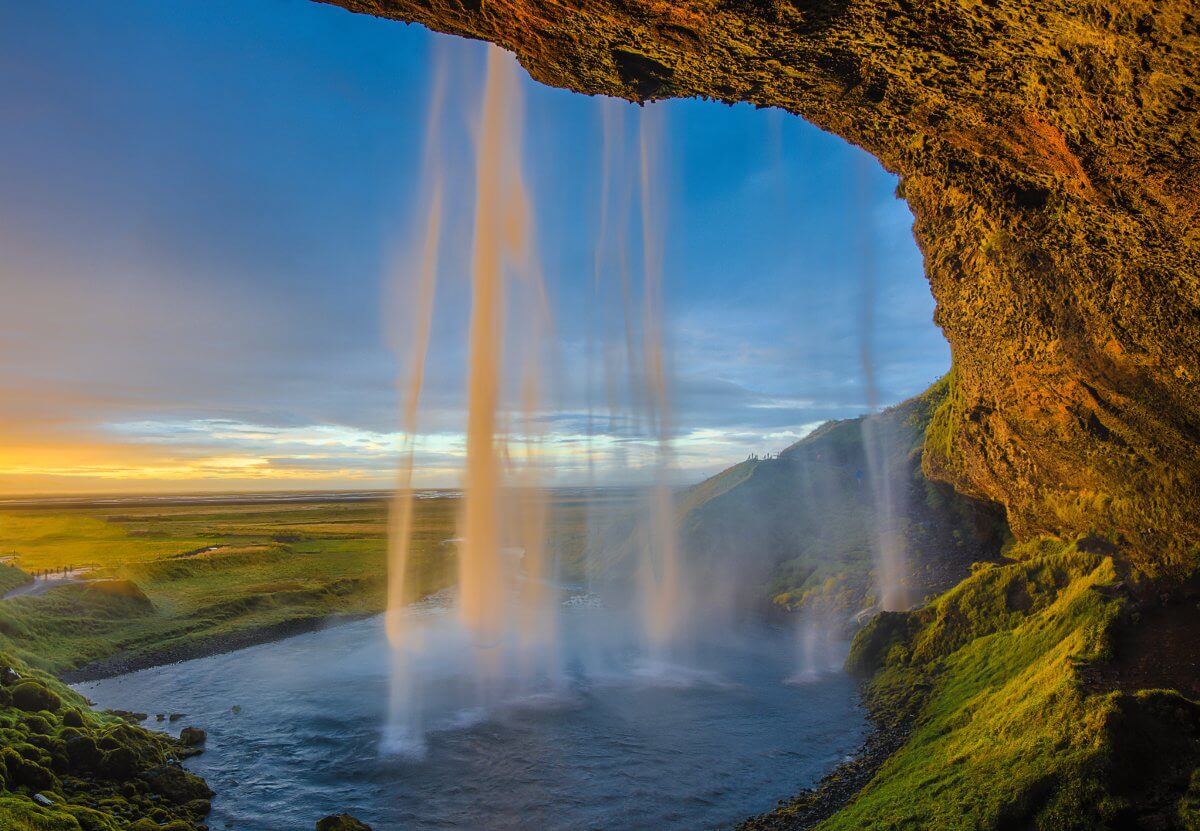
THIS leads to joyful dance with life; “that” leads to more explanations of how we might think about living our life while we miss living it. Energy’s Way encourages us to experience more of THIS and less of “that.” It shows us the steps—yes, the science—to dance to the joyous jazz of life.
I have experienced this dance in a very profound way as a result of practicing the 12 steps of Energy’s Way for the last 2 years. My life in New York causes me to walk 5-10 miles per day.
My habituated way of walking was to set a wicked pace and be unaware of any part of my body other that my feet going as fast as they could.
I would carry a great deal of tension in my shoulders, neck, and face. As I began to become more conscious of each step and to experience my feet touching the ground, the tension began to melt away, and I experienced a new lightness that I had never noticed or experienced before. One would think I would have learned to walk in the first 7 decades of my life. I hadn’t. If you want to check this out, watch how freely and loosely a baby crawls and walks. There is a natural turning and tuning with each move—an openness to each new experience. Then watch someone who has gone through the mill of life and notice the difference. Probably you will see tightness, tension—maybe even a shrinking and armoring. Most importantly, observe yourself as you walk. Notice the tightness. Notice the tension. Lighten up. Experience THIS, forget about that.
Also published on Medium.

